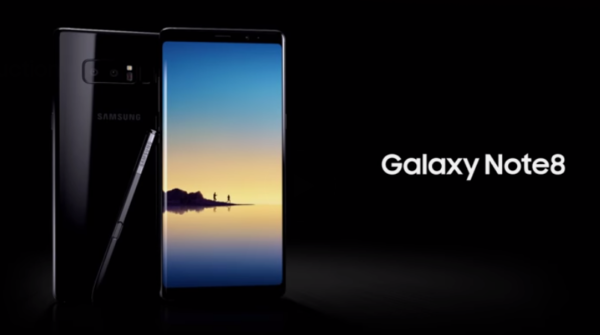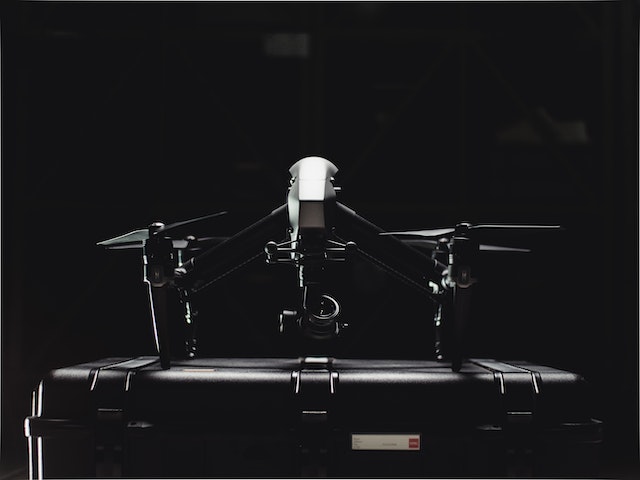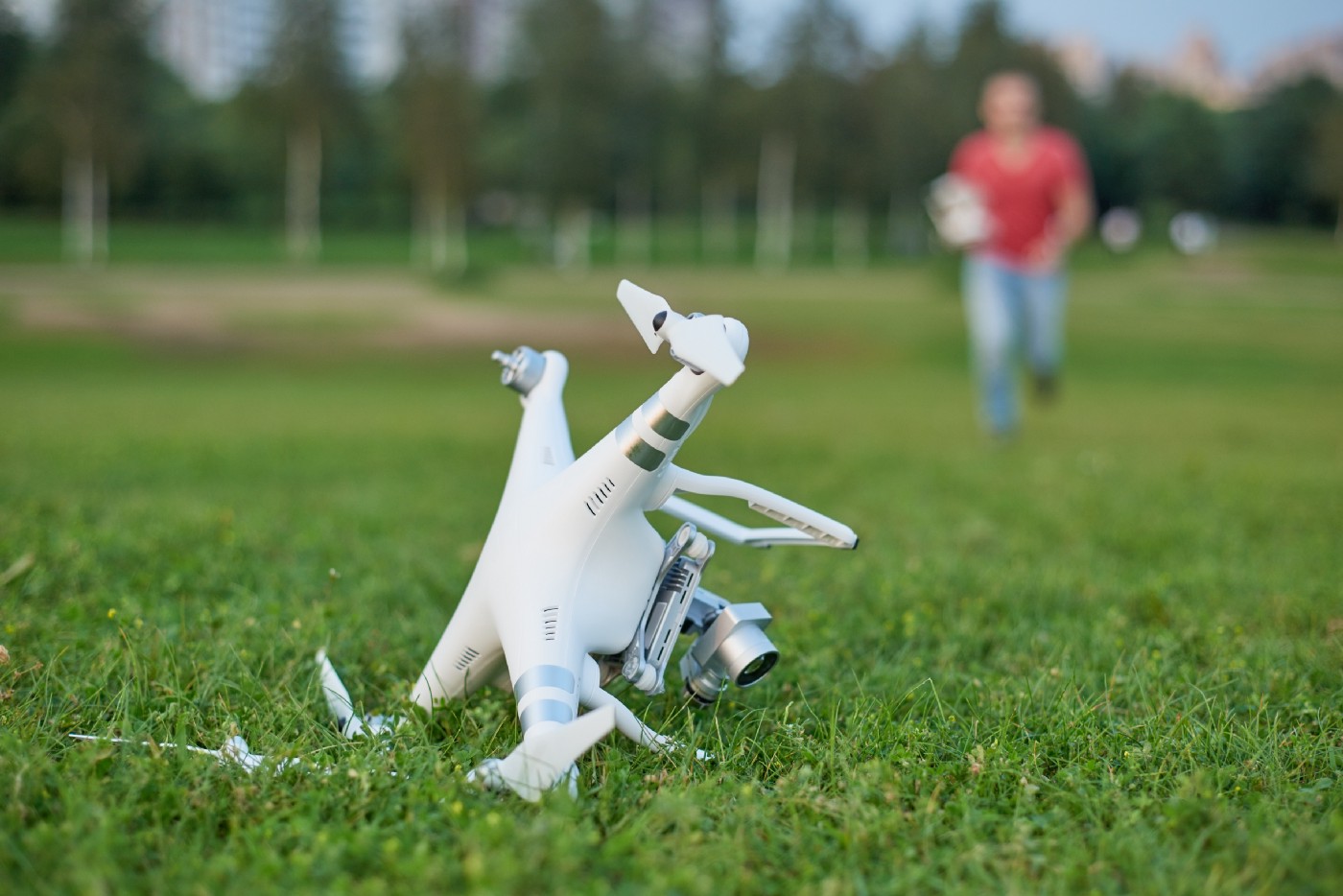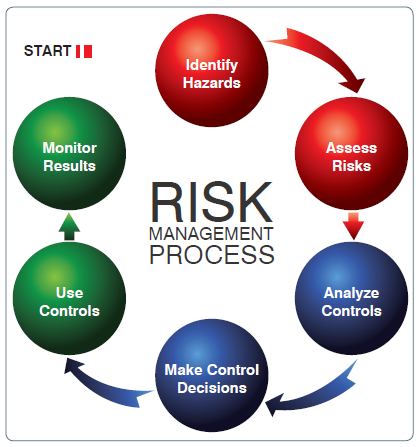
Until mankind can master traveling to the moon on a regular basis, human-led space exploration of any kind should not be recommended nor invested in. The closest celestial body to earth needs to be conquered first with such efficiency that even commercial travel to its orbit will become a routine activity.
When I hear about venture programs boasting about sending people to Mars, I question the whole thinking logic of the people in charge of this ventures. Instead of talking about things that are far ahead, let's tackle the first steps to building a manned mission to the outer space: (1) creation of stable and cost effective transportation methods, (2) installation and development of global-scale Space education programs, and (3) implementation of Space traffic regulations and policies.

Although we've been to the moon, we never actually conquered nor mastered the space travel to the moon. Hence, we've still yet to go back after the last moon trip accomplished by the Apollo 17 crew in 1972 (43 years ago). My worry into all these is seeing the dream of space exploration fade away from our own and children generations. We have dreams of setting foot on the red planet; yet, we have no recent accomplishments to show progress is being made, other than sending satellites around the earth and occasionally staying in the International Space Station.
Don't get me wrong; we are investing into space explorations, and the private sector is also doing its best to provide alternative solutions (i.e. SpaceX and Orbital Sciences Corporation). Yet, we are just moving very slow, especially if you consider the amount of available technology today (compared to what we had when we first went to the moon).
NASA needs to go back to the moon before going anywhere else when it comes to manned missions. I believe we have what it takes to make a safe trip to the moon and back home. What's missing is the strong support from the public as it was during the 70's. We need that space mojo back into our hearts.
DID YOU KNOW?
Since the retirement of the Space Shuttle, the U.S. has been paying Russia roughly $70 million to fly each American astronaut to the space station.








Visitor Rating: 5 Stars